Week 11
Applications and Implications
Propose a final project masterpiece that integrates the range of units covered. Your project should incorporate:
- 2D and 3D design
- additive and subtractive fabrication processes
- electronics design and production
- microcontroller interfacing and programming
- system integration and packaging
Water Jet Turbine
Click on the picture and move the mouse left and right to turn the drawing
Concept of my final project
What will i do?
I have a little fishing hut by a river in a rural part of south Iceland. This hut is quite primitive with no running water and almost no electricity. When I say almost, its because I have solar cells on the rooftop to engine a few lights to help over the darkest hour My coal is to harvest the river by my hut to make my own electricity with some kind of a water turbine. But I didn’t want to stop there. As much as I love my hut, I also enjoy traveling through the wilderness of Iceland, by cars, horses and on my feet. And as much as I enjoy the peace and quiet, I also know that the weather in Iceland can change rapidly and you should always have a fully charged phone or an emergency locator of any kind. This, as well as the fact that the Icelandic wilderness is full of rivers and water streams got me to the idea to find a way to make a small, portable water turbine, efficient enough to charge a phone, a radio or similar.
What will you design?
I will do all the computer design files, computer controlled cutting, machining and 3D printing:
I will design and make the main PCB board with the processor Attiny 1614 and also a RPM Hall affect sensor board.
Who has done what beforehand?
I have looked at other Fabacademy projects and i did not find any Water turbines but I found some wind turbines that I could study and use as a inspiration.
http://fab.academany.org/2018/labs/barcelona/students/nicolo-gnecchi/finalproject/Nicolo-Gnecchi - Wind turbine
http://fabacademy.org/archives/2015/sa/students/chavarry.denis/archivos/week18.html
Denis Chavarry Hernandez - wind generator
Here are some other insparations.. https://www.makesea.com/windpowerwriter
Christoph Laimer - Wind turbine project
https://www.youtube.com/watch?v=XjEgFlngZ04Ultra-Small Water Power Generator
Project overview
Here is the schematic of the water turbine that i designed to get a overview of the components i need and how to connect them all together.
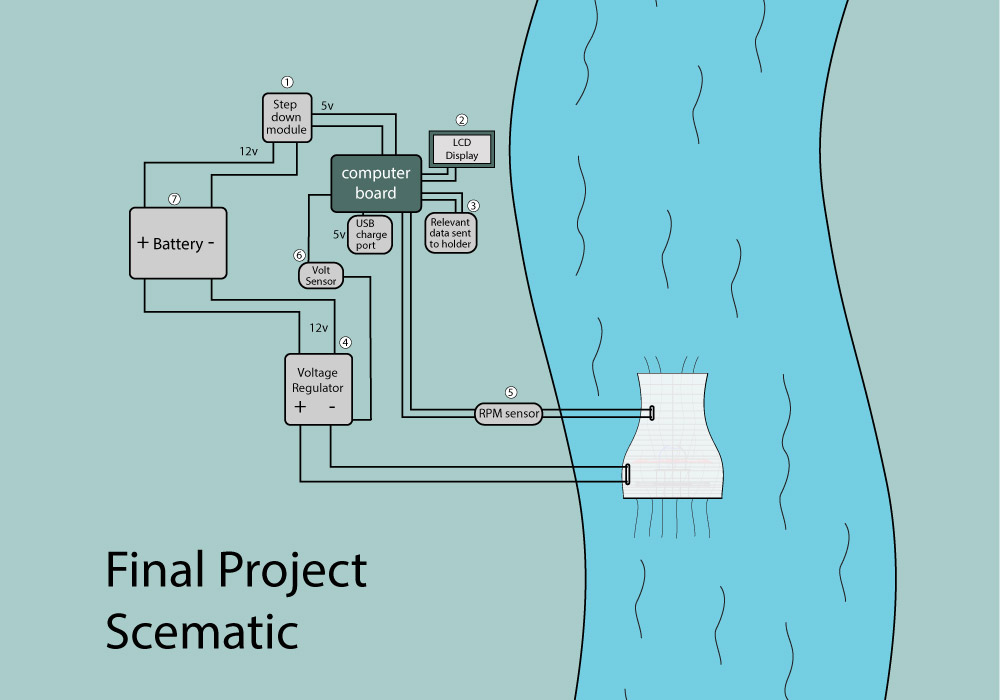
Packaging
I have started designing the main control box of the turbine. It will house all the electrical components and will be 3d printed
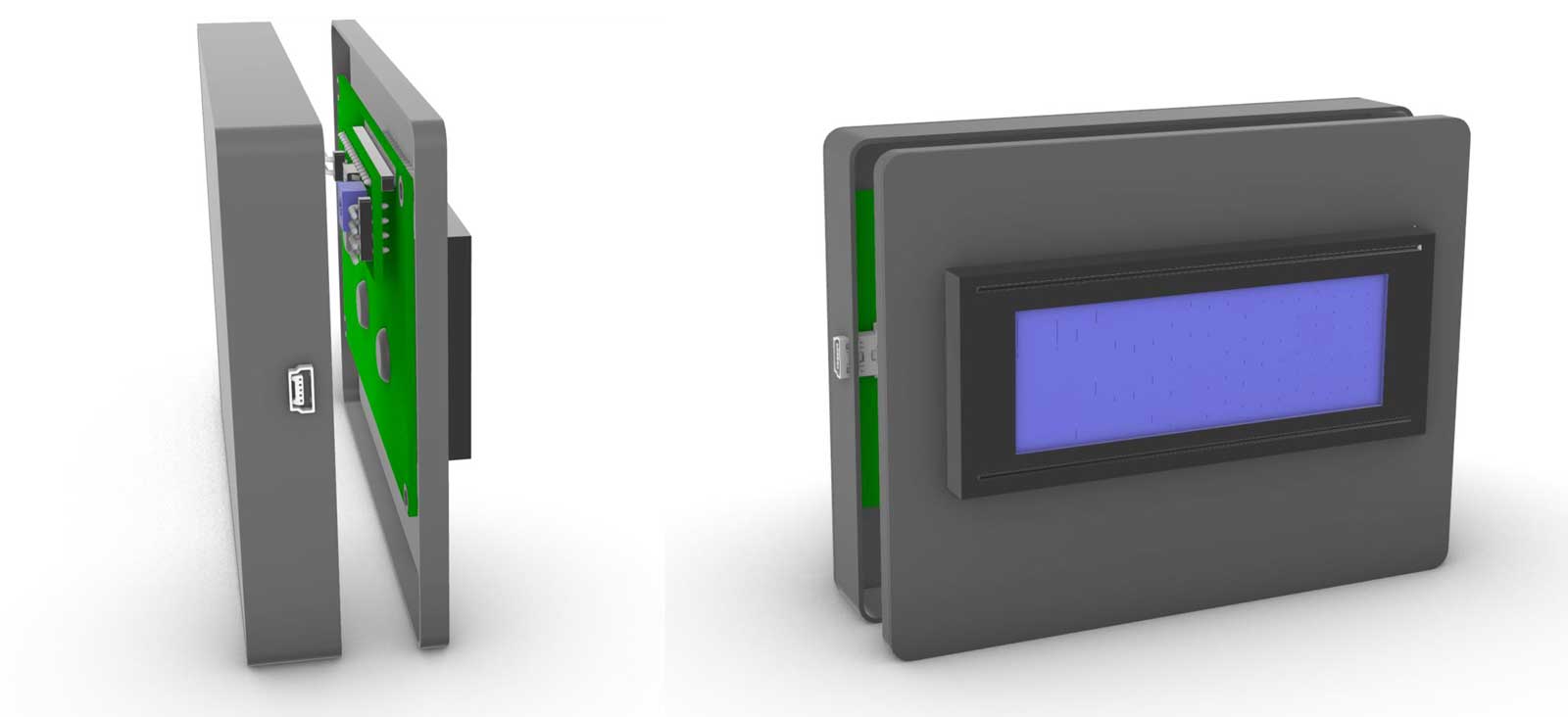
Components of the project
1) Voltage stepdown
For voltage stepdown i will use Vellman VMA404 adjustable voltage step down module
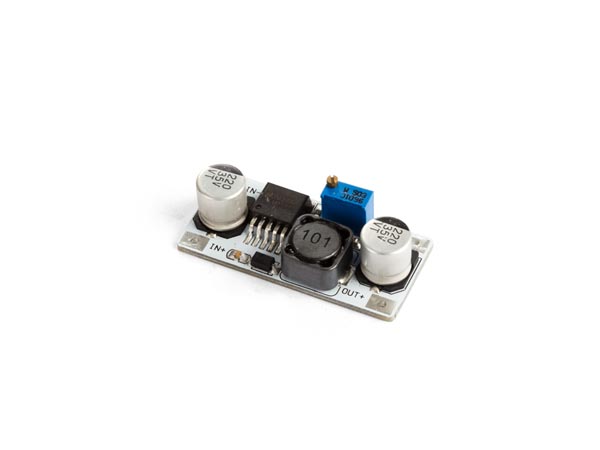
- input voltage: 3 to 40 VDC
- output voltage: 1.25 to 35 VDC
- max. output current: 2.5 A
- chip: LM2596S
- dimensions: 49 x 26 x 12 mm (1.14 x 1.02 x 0.47 " )
2) LCD display
My plan is to use a i2c 2004 LCD display screen for information on the charging and speed
https://www.amazon.com/SunFounder-Serial-Module-Display-Arduino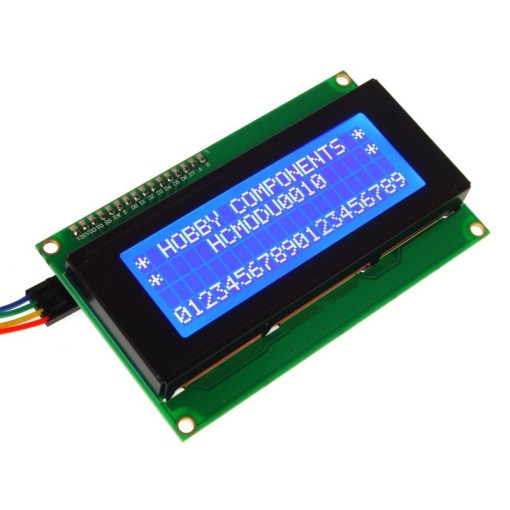
- I2C Address: 0x20-0x27(0x20 default)
- Number of Characters: 20 characters x 4 Lines
- Blue LED backlight with white char color
- Adjustable contrast
- Supply voltage: 5V
- Interface: IIC/TWI
- View direction: Wide viewing angle
- Dot size: 0.55 x 0.55 mm / Dot pitch: 0.60 x 0.60 mm
- Character size: 2.96 x 4.75 mm /Character pitch: 3.55 x 5.35 mm
- Size: 98x60x24mm
- Weight: 75g
3) Bluetooth module
I want to be able to monitor my charging with a app on my cell phone remotely so i will use a HC-05 bluetooth module
https://www.aliexpress.com/item/32946441318.html?spm=a2g0s.9042311.0.0.5bfd4c4d8RK5Gn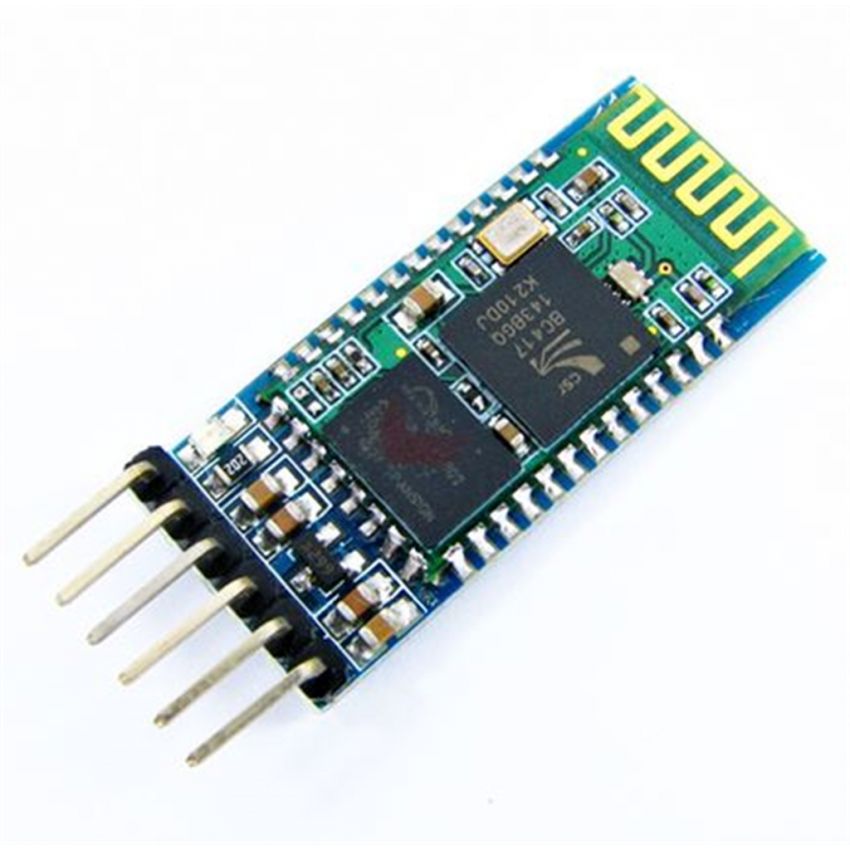
What is hc-05 bluetooth module
HC-05 module is an easy to use Bluetooth SPP (Serial Port Protocol) module, designed for transparent wireless serial connection setup. Serial port Bluetooth module is fully qualified Bluetooth V2.0+EDR (Enhanced Data Rate) 3Mbps Modulation with complete 2.4GHz radio transceiver and baseband. It uses CSR Bluecore 04-External single chip Bluetooth system with CMOS technology and with AFH(Adaptive Frequency Hopping Feature). It has the footprint as small as 12.7mmx27mm. Hope it will simplify your overall design/development cycle.
The HC-05 has two operating modes, one is the Data mode in which it can send and receive data from other Bluetooth devices and the other is the AT Command mode where the default device settings can be changed. We can operate the device in either of these two modes by using the key pin as explained in the pin description. It is very easy to pair the HC-05 module with microcontrollers because it operates using the Serial Port Protocol (SPP). Simply power the module with +5V and connect the Rx pin of the module to the Tx of MCU and Tx pin of module to Rx of MCU as shown in the figure below.
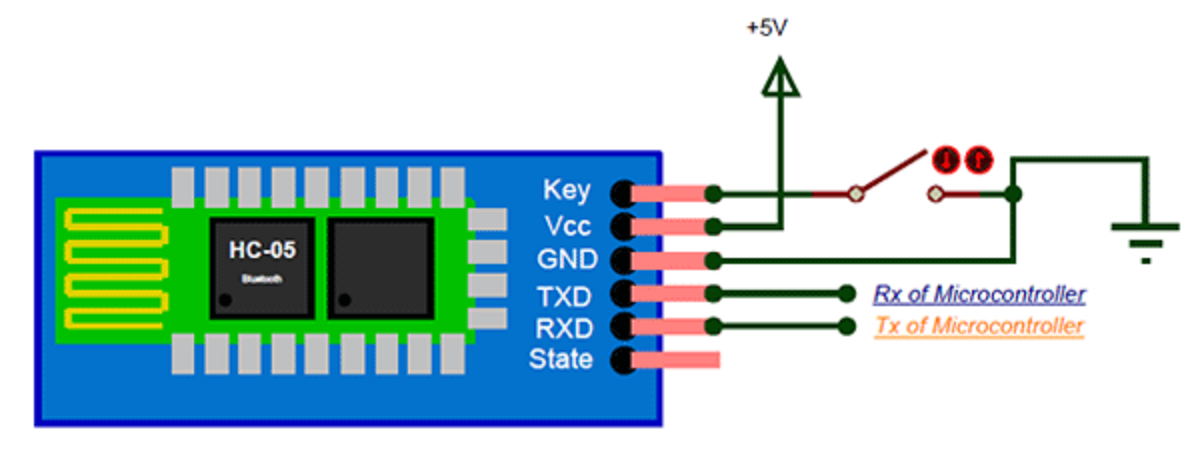
4) Charging control module
To regulate my charging i will use a charging board that keeps a constant 12V charge so my battery is protected from a variable current from the water turbine
XH-M603 Charging Control Module Digital LED Display Storage Lithium Battery Charger Control Switch Protection Board 12V

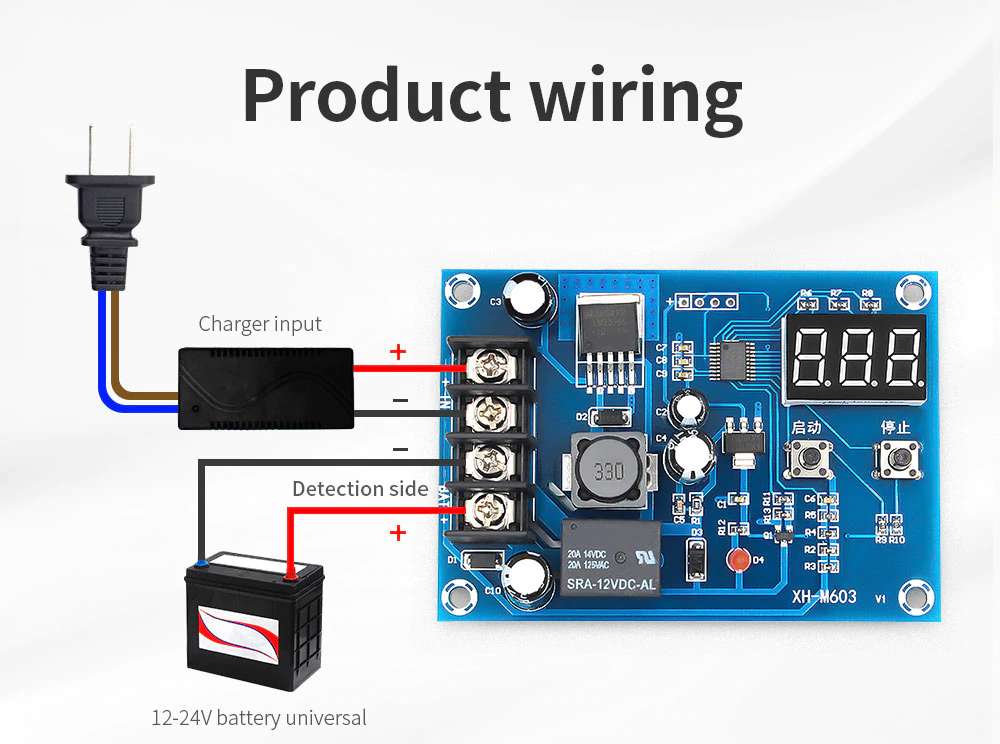
https://www.aliexpress.com/item/32946441318.html?spm=a2g0s.9042311.0.0.5bfd4c4d8RK5Gn
4) RPM sensor
To sense the RPM of the water turbine i will use A1302KLHLT-T LH SOT 23W Hall effect sensor
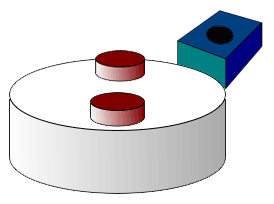
The hall effect, in short, is a relationship between electric and magnetic fields through a semiconductor that allows electricity to flow when a magnetic field is applied within the vicinity of a given hall sensor. In our case, we will be using the SOT 23W Hall effect sensor, which is a unipolar sensor. Unipolar sensors are great for scenarios where only one pole of magnet is needed. This allows us to stick a magnet to a moving object and as it cycles through its rotation, each time it passes the hall sensor, the hall sensor registers its passing and we can say that one period has been completed.
In week 6 i designed a board with a Hall sensor that i connected to a Attiny 1614 board that i also made.
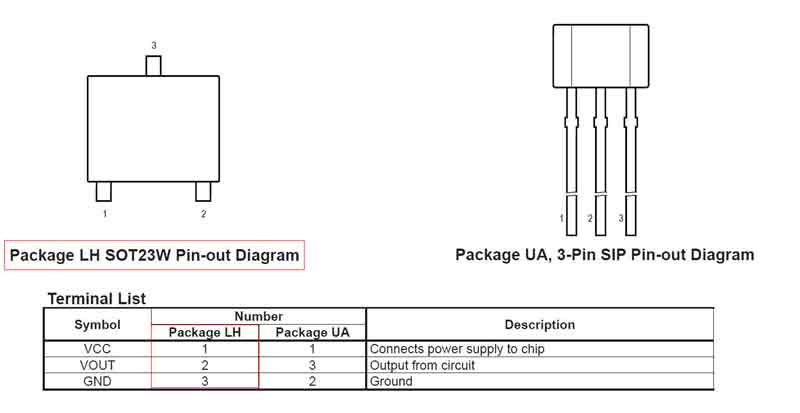
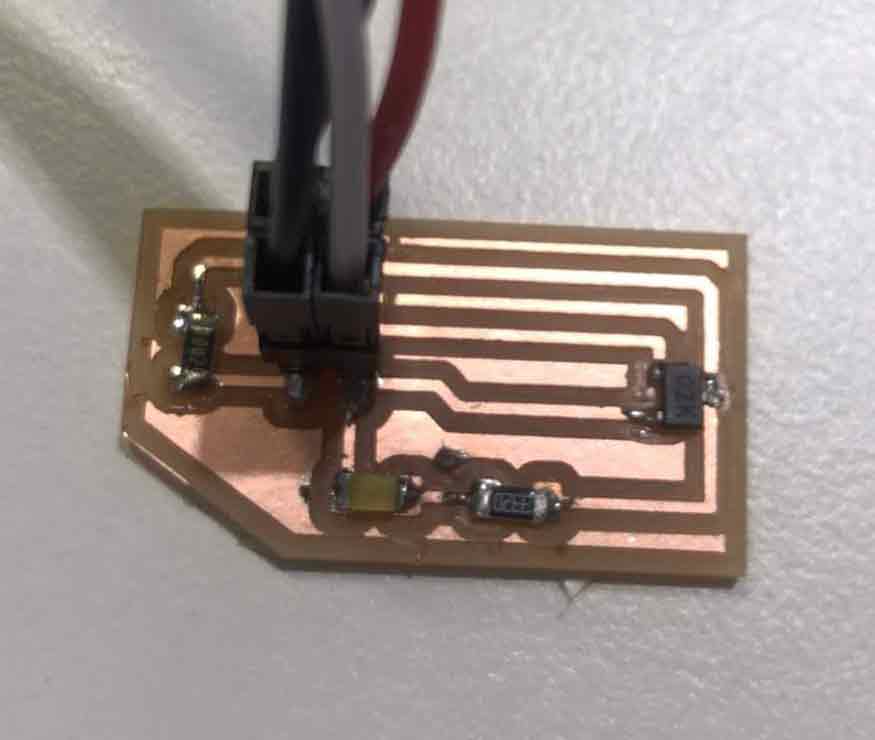
Magnús St. Magnússon © 2020| v1
Madefor FabAcademy